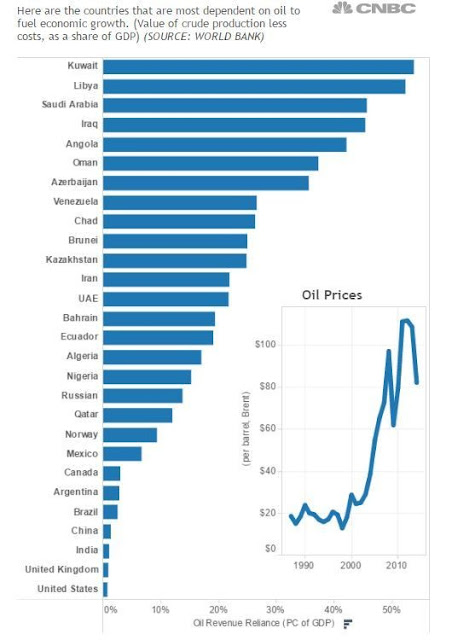 My Wednesday science day will honor the new president of Mexico, Claudia Sheinbaum, for she is an energy engineer. From Energy Matters of the American Energy Society:
My Wednesday science day will honor the new president of Mexico, Claudia Sheinbaum, for she is an energy engineer. From Energy Matters of the American Energy Society:
- About 200 coal plants in the US have closed in the past decade, which leaves about 50 still operating, mostly in Pennsylvania, Texas, Indiana, Wyoming, Kentucky, West Virginia and Iowa. (Note: in 1990, coal-fired power produced about half of US electricity; now it's about 16%.)
- Renewables: Battery storage capacity has quadrupled in the last four years
|
- The American Energy Society is sector agnostic, non-partisan, and rarely (if ever) offers an opinion; however, perhaps hydrogen might have too many sector-color designations:
- It takes about two years of spinning for a single wind turbine to pay back the energy costs to manufacture it, and six months later that turbine will have completely paid back all its costs throughout its life-cycle. AES Members have access to the peer-reviewed article.
- Europe: Before Russia's invasion of Ukraine two years ago, one in five units of energy consumed in the European Union came from Russian fossil fuels; today, it is one in twenty. The EU gets more energy overall from renewables in the European Union than total energy from Russia. Most imported energy comes first from Norway and then the United States.
- Australia: It could be said that the modern solar energy era launched in the lab of Professor Martin Green at theUniversity of New South Wales. Green's lab, the New York Yankees of solar energy, has set the record for silicon solar cell efficiency in 30 of the last 39 years. This record, one of many for Prof. Green, is considered a “top-10” in the history of solar.
- In 1976 the best solar modules were 5-6% efficient.
- Green's team set their first solar module world efficiency record in 1988, bring this number up to 18%, using buried contact cell technology.
- 1993: first 20% module using passivated emitter and rear cells (PERC).
- 1996: increased this to 23%.
- Working with Aihua Wang and Jianhua Zhao, up to 24% in 1994 and 25% in 1999, where it stood for the next 15 years.(1995 photo.)
- Commercial PERC modules are now up to 21.6% with up to 30-year warranties. Module efficiency is always a little lower than cell efficiency due to wasted space.
- His lab holds the world record for module efficiency at 40.6%. Still silicon, with specialized converters for different colors in the solar spectrum.
- Read this for details.
Mexico City, with a population of 22.5 million people, might run out of water this month. Whoops, Claudia Sheinbaum was mayor of this city until last year. It will get worse for the country in the coming year.
- Flying is a carbon-intensive activity, yet it contributes just 2.5% of the world’s carbon emissions. The reason is because almost everyone in the world does not fly; only 10% of all people in the world travel by plane each year. In other words, a few people are responsible for a lot of emissions.
- Temperatures reached 52 degrees Celsius (125.6 degrees Fahrenheit) in Pakistan’s southern province of Sindh.
- Each Google search emits about 0.2 grams of CO2. Every minute spent on TikTok emits about 2.6 grams. Watching one hour of streaming video emits about 36 grams.
- Spotlight on RD&D in the US:
- In 2022, the US invested about $885.6 billion in research and development (RD&D), a y/y increase of 12% and a 5% increase in constant (inflation-adjusted) dollars.
- The federal government funded 18% of US R&D ($159.8 billion dollars) in 2022 as the second-largest source (business invests the most); however, the federal government funds the largest proportion of US basic research performance (40%).
- Education and Health receive the most research funding among science and engineering fields.
- The US has the highest gross domestic expenditures on R&D, at $806B; China is second with $667B (all in current purchasing power parity USD).
- The top-5 industries receive about 79% of all R&D research funding:
1. Information (including software)
2. Chemicals (especially pharmaceuticals and medicines)
3. Computer electronics (including semiconductors)
4. Services
5. Transportation equipment (especially aerospace parts)
Note: energy and/or power are not in the top 5 recipients of research funding.
- Countries most dependent on oil for economic growth (as per value of crude production less costs, as a share of GDP):
- Kuwait (53%)
- Libya (52%)
- Saudi Arabia (45%)
- Iraq (41%)
- Angola (38%)
...
- Russia (14%)
- Norway (10%)
- U.S. is at the bottom of this list.
-








Comments
Post a Comment